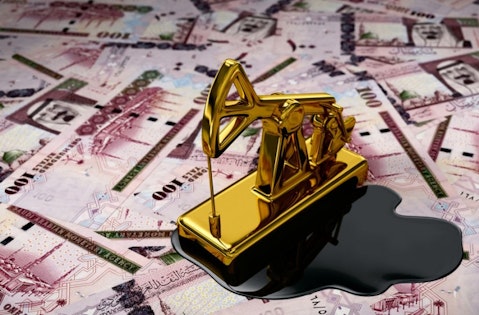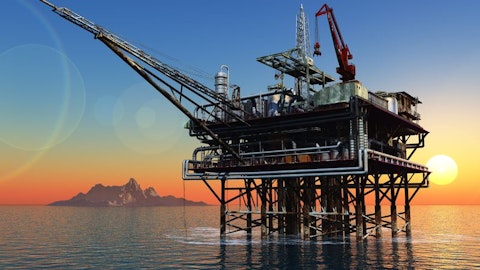We bet you can’t guess which country has the largest oil reserves in the world in 2017. There are currently around 1.70 trillion barrels of proven oil reserves and the 16 countries with the biggest oil reserves in the world in 2017 hold roughly 96% of all the oil in the world. Since oil is the single most important commodity, as it is responsible for around a third of global energy consumption, most countries with the biggest oil reserves rely heavily on it for their economic growth.
On the one hand, these countries’ oil reserves did them a lot of good, allowing them to benefit and to enjoy years of prosperity due to surging oil prices between 1999 and 2014. Then in 2014, oil prices slumped to as low as $30 per barrel from over $100 and many of these countries faced the unpleasant reality that they are too dependent on oil. According to the Organization of the Petroleum Exporting Countries, its 14 members had average GDP growth of 4.7% in 2012, but in 2015 and 2016, that growth slowed down to 1.3%. The same can be said about OPEC countries’ oil exports, which slid to $888.99 billion in 2016 from $1.67 trillion in 2012.
In countries like Iraq, Libya, and Venezuela, fuel exports represent over 97.7% of their total merchandise exports. Moreover, before the oil slump, in Iraq, Kuwait, and Saudi Arabia, oil rents (the difference between the value of crude production and costs) amassed over 45% of their Gross Domestic Products. In addition, given that oil is an exhaustible resource, some countries, like the wealthy Arab States of Saudi Arabia, Kuwait, and the UAE, have implemented strategies to develop other sectors of their economy in order to alleviate their dependence on oil. In other countries, this could be more challenging, especially due to military conflicts and an overall tense environment.

Copyright: 3dsculptor / 123RF Stock Photo
After oil prices slumped in 2014 and remained low in 2015, since the demand continued to be outweighed by supply, prices started to adjust in 2016, as OPEC countries agreed to cut their production of oil, while the demand grew in response to weaker prices. In 2016, oil consumption went up by 1.6 million barrels per day, or 1.6%, driven by increased consumption in China and India. However, oil production only grew by 0.4 million barrels per day, as the number of active rigs declined by 253 to 3,365 last year.
The 16 countries with the biggest oil reserves in the world in 2017 have attracted a lot of multinational companies engaged in oil exploration and production, as well as having their own companies that are among the world’s largest. For example, Saudi Arabia’s Aramco, which produces over 12 billion barrels of oil each day, is by far the largest company in the world, with revenue estimated at $1 billion per day. Exxon Mobil Corporation (NYSE:XOM) and BP plc (ADR) (NYSE:BP), which are among the 11 best oil company stocks to buy now, and which produce 5.3 billion and 4.1 billion barrels of oil respectively, have operations in many of these countries. Out of the list of 16 countries with the largest reserves, BP plc (ADR) (NYSE:BP) has operations in nine countries, while Exxon Mobil Corporation (NYSE:XOM) has operations in six.
With this in mind, let’s take a closer look at the 16 countries with the biggest oil reserves in the world in 2017 and how much their economies depend on oil production. The total amount of oil reserves was taken from the US Energy Information Administration. Their oil dependence will be represented by oil rents as a percentage of GDP, provided by the World Bank. Other data included in the article is provided by the OPEC Annual Statistical Bulletin 2017 and by BP Statistical Review of World Energy 2017.





